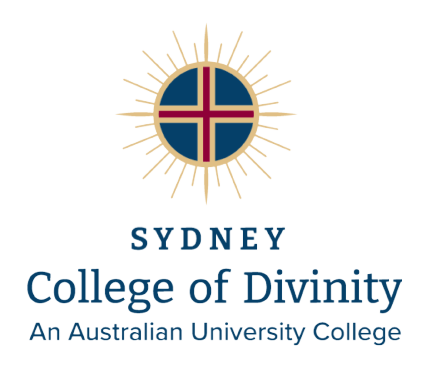H8596 – Coptic History in the Middle Ages
Unit Code
H8596
Unit Name
Studies in Coptic History in the Middle Ages (postgraduate)
Unit Weighting
9 Credit Points
Type of Unit
Foundational
Prerequisites, corequisites or exclusions
Nil
Academic Staff
Dr. Maged S.A. Mikhail (Dn. Severus); Ph.D., University of California, Los Angeles; Professor of History, California State University, Fullerton (USA)
Curriculum Objectives
This intensive course examines the history of the Coptic Orthodox Church and community from the seventh through the eighteenth centuries. Several themes are privileged throughout the course: Christian-Muslim interactions, shifting communal identities, liturgical developments, the importance of Coptic-Arabic literature, and the role of Coptic elites.
Learning Outcomes
At the end of this unit students will be able to:
1. Identify and discuss the major historical events and processes that have influenced the Coptic church and community from the rise of Islam to the reign of Muhammad Ali.
2. Gain insight into the various historical issues and difficulties pertaining to the study of Coptic Christianity at various historical junctures throughout the Middle Ages.
3. Understand and intelligently discuss various socio-religious shifts and developments in Coptic history.
4. Discuss the strength and weaknesses of a wide array of sources and resources available for research and writing about the Coptic church.
Content:
1. Conquest of Egypt and its immediate and long term repercussions for the church and community.
2. The Copts under the latter Umayyad regime.
3. The challenges facing the Copts under Abbasid rule.
4. The linguistic shift from Coptic and Greek to Arabic.
5. The rise and development of Christian Arabic literature in Egypt.
6. Monastic development under Islamic rule.
Syllabus:
Lecture 1 Introduction, Background, and Historical Overview
Lecture 2 Sources, Resources, Historiography, and Databases
Lecture 3 The Conquest and its Immediate Aftermath
Lecture 4 The Long Eighth Century
Lecture 5 Developments under Caliphal Rule and Relations with Nubia
Lecture 6 The Tenth Century: An Age of Transitions
Lecture 7 Language, History, Ideology, and Identity
Lecture 8 Fatimids, Ayyubids, and Crusaders
Lecture 9 Copts under Two Mamluk Dynasties
Lecture 10 Medieval Theologians and Nomocanons
Lecture 11 The Ottoman Era up to the Napoleonic Invasion
Lecture 12 Somewhere Between Ancient, Medieval, and Modern

